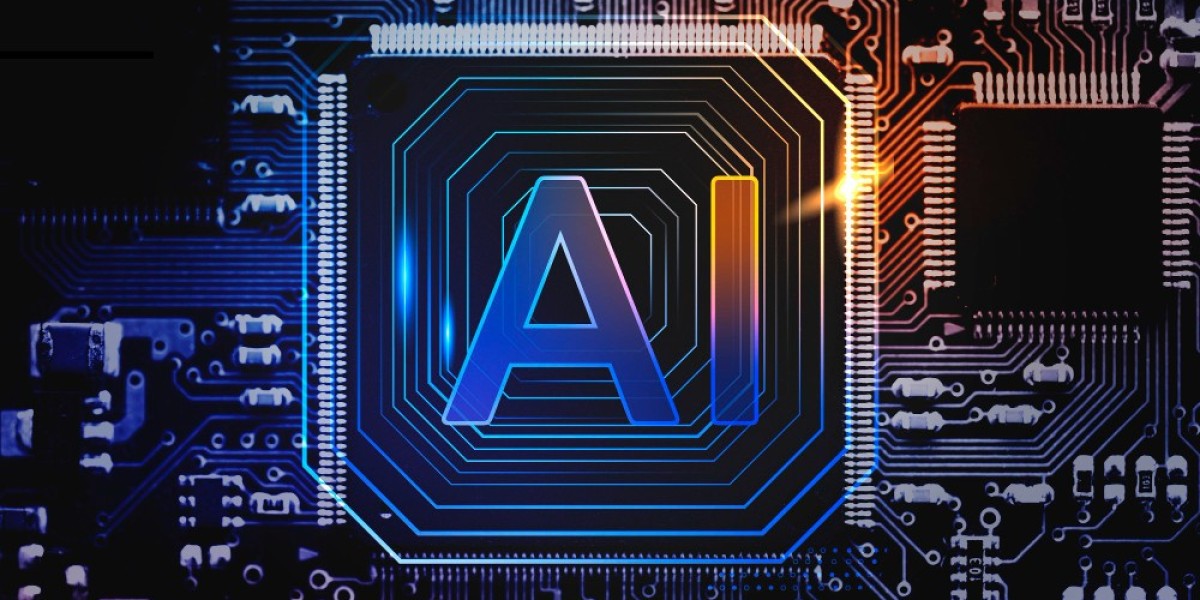Artificial Intelligence (AI) is revolutionizing industries across the globe—from content creation to healthcare and security. As AI-generated content becomes increasingly difficult to distinguish from human-made work, new tools called “Detector de IA” in Spanish and “Détecteur IA” in French have emerged. These tools are designed to detect whether a piece of content—text, image, audio, or video—was created by a human or generated by artificial intelligence.
What Is a Detector de IA or Détecteur IA?
Definitions and Linguistic Context
“Detector de IA” is Spanish for AI detector, where "IA" stands for Inteligencia Artificial.
“Détecteur IA” is the French equivalent, where "IA" means Intelligence Artificielle.
Both terms refer to the same concept: tools or software applications that identify whether content was created by an AI algorithm.
These detectors are especially relevant in the context of education, journalism, content moderation, and cybersecurity, where distinguishing between human and AI-generated material is critical.
How AI Detectors Work
AI detectors use machine learning and natural language processing (NLP) techniques to analyze patterns in text, images, or audio. Here are some key methods:
1. Textual Pattern Analysis
Tools like GPTZero, OpenAI’s AI Classifier (now retired), and Turnitin AI detection analyze:
Perplexity: A measure of how predictable the text is.
Burstiness: Variation in sentence complexity and length.
Lexical diversity: Variety of vocabulary used.
AI-generated text tends to be more uniform and predictable than human writing, making it detectable through statistical analysis.
2. Image and Video Detection
Image AI detectors like Hive or Optic use pixel-level and metadata analysis to determine:
If an image has artifacts common in GAN (Generative Adversarial Network) outputs.
Inconsistencies in lighting, shadows, and facial features.
3. Audio and Speech Detection
AI voice detectors analyze speech cadence, inflection, and waveform anomalies to catch synthetically generated audio.
Why Are Detector de IA Tools Important?
1. Academic Integrity
In educational settings, students may use AI to write essays or assignments. Tools like Turnitin’s AI detection system help ensure students submit original work.
2. Media and Journalism
AI-written articles, especially those spreading misinformation, are a growing threat. A détecteur IA helps media organizations verify content authenticity.
3. Intellectual Property Protection
Writers, artists, and musicians use detectors to verify that their work hasn’t been mimicked or copied by generative AI models without consent.
4. Legal and Ethical Use of AI
With regulations around AI being discussed globally, detectors assist companies and regulators in enforcing compliance.
Leading Detector de IA and Détecteur IA Tools
Here are some popular AI detectors in the global market:
1. GPTZero
Developed for educators, GPTZero is one of the most recognized detectors, providing detailed breakdowns of whether a text was AI-generated.
2. Copyleaks AI Content Detector
Supports multiple languages and provides real-time feedback on AI-generated text.
3. Writer.com AI Content Detector
Popular among marketers and content creators to ensure originality.
4. Hive AI
This platform is more advanced, detecting AI-generated images and deepfakes used in social media or advertising.
5. Sapling.ai
Integrated into customer support platforms, this tool distinguishes between human and bot-generated responses.
Challenges Facing Detector de IA Technologies
Despite the benefits, AI detection tools are not foolproof. Several challenges exist:
1. False Positives and False Negatives
Human-written content can sometimes be flagged as AI-generated (false positive), while well-crafted AI content may pass undetected (false negative).
2. Evolving AI Models
As generative AI tools like ChatGPT, Claude, and Bard improve, their outputs become increasingly human-like, making detection harder.
3. Multilingual Limitations
Many AI detectors are optimized for English and perform poorly in Spanish, French, or other languages, limiting their global applicability.
4. Ethical Concerns
Over-reliance on detection tools may unfairly penalize users, especially in educational settings, without proper review mechanisms.
How Reliable Are Detector de IA Tools?
No AI detector offers 100% accuracy. Most tools show confidence scores or probability metrics, suggesting how likely a text or image was AI-generated. Experts recommend using these scores in combination with human judgment.
In legal or academic scenarios, relying solely on automated detectors could lead to disputes unless backed by strong policy frameworks.
Use Cases Across Languages: A Global Perspective
Spanish-Speaking Context
In Latin America and Spain, "Detector de IA" tools are being adopted by universities and media outlets. For example, several institutions use them to verify thesis originality and journalistic content integrity.
French-Speaking Context
In countries like France, Belgium, and Canada, "Détecteur IA" tools are used in academic assessments and public service communications to ensure transparency and trust.
These multilingual adaptations highlight the growing need for AI detection across cultural and linguistic barriers.
Future of Detector de IA and Détecteur IA
As AI becomes embedded in everyday tools—search engines, voice assistants, and writing aids—the need for robust detection systems will grow. The future could include:
Blockchain-integrated authenticity markers.
Cross-platform AI detection APIs.
Universal AI-detection standards for education, journalism, and legal sectors.
Governments and private sectors are also likely to invest in more advanced, multilingual AI detection systems to ensure fair use of artificial intelligence.
Tips for Using AI Detectors Effectively
If you're a teacher, editor, or business owner trying to assess content authenticity, here are some practical tips:
Use Multiple Tools: Don’t rely on just one detector. Use at least 2–3 tools for cross-verification.
Check Confidence Levels: Focus on high-confidence flags, but double-check borderline results.
Manual Review Is Key: Always involve a human in the final judgment.
Educate Stakeholders: Teach students, writers, and employees about ethical AI use.
Conclusion
Whether you refer to it as “Detector de IA” in Spanish or “Détecteur IA” in French, the concept remains globally significant. As artificial intelligence continues to shape digital content, AI detection tools will play a critical role in maintaining trust, integrity, and transparency.
Check out new and latest article to see by clicking here.








